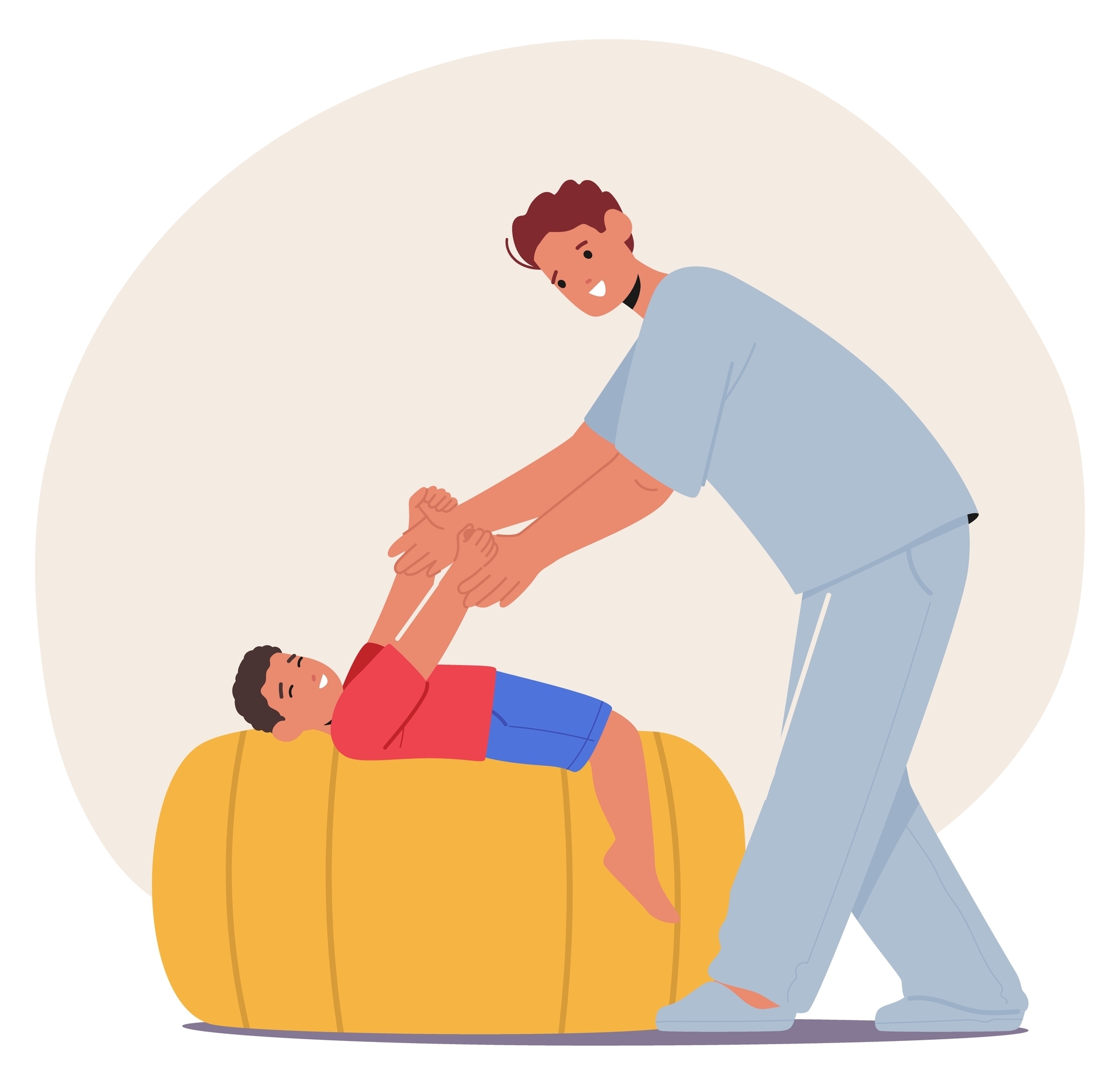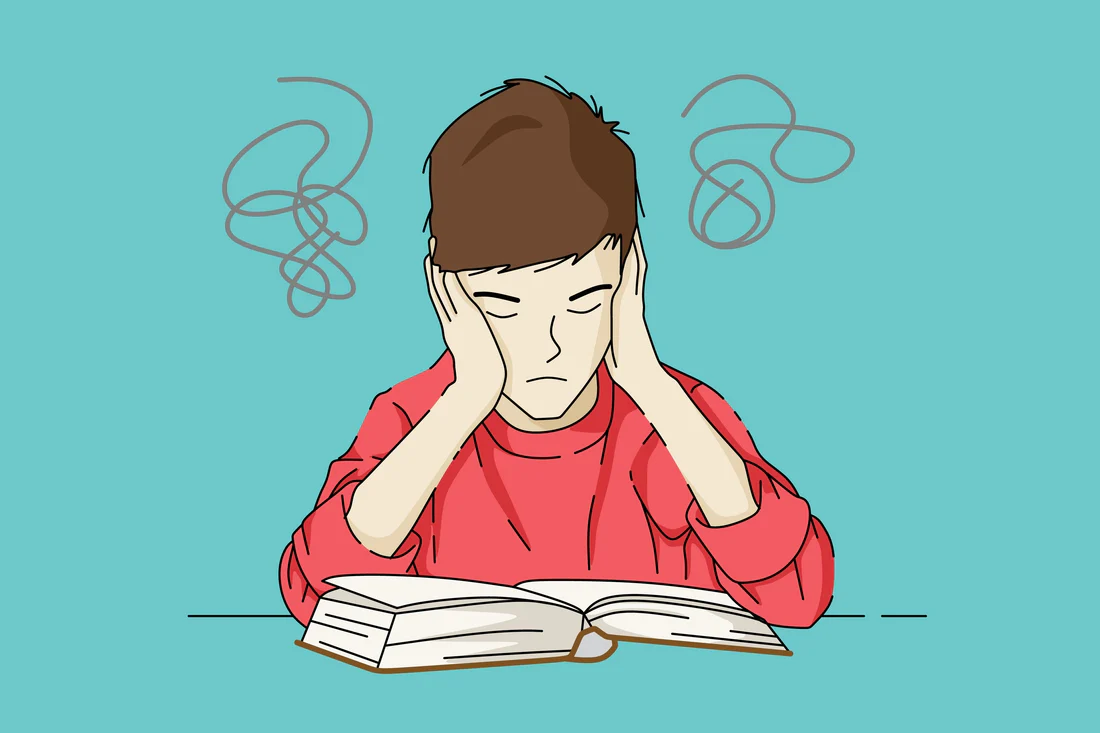Autism and Sensory Disorders: Therapeutic Impact of Sensory Toys
Autism and Sensory Disorders: Therapeutic Impact of Sensory Toys
As a parent or caregiver of a child with Autism Spectrum Disorder (ASD) or Attention Deficit Hyperactivity Disorder (ADHD), managing your child’s sensory needs can be challenging. Sensory toys can play a critical part in helping all children, especially those with diagnosed disorders, to regulate their senses and provide a comfortable and calming environment specific to their needs.
Most individuals with ASD have sensory processing difficulties and therefore struggle to process stimuli leading to either overstimulation or understimulation of their senses. One solution to address this is providing sensory toys that offer soothing and calming effects.
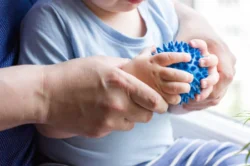
Sensory balls are an excellent way to provide tactile stimulation. The squishy texture can help an individual with ASD to focus, improve hand-eye coordination, and develop fine motor skills. Alternatively, using fidget toys, such as sensory putty or squishy stress balls, can provide the same benefits and maintain focus during lessons or activities.

Another type of sensory toy is kinetic sand. This provides a unique and therapeutic experience to children with sensory needs. It provides endless possibilities for shaping and molding while keeping the mind calm and focused. Studies have found that Kinetic sand can improve a child’s sensory stimulation, fine motor skills, and creativity.

Weighted blankets provide the deep pressure sensation that the user finds soothing and calming. Weighted blankets can aid in reducing anxiety and enhancing relaxation. They are a great option for children with ADHD to improve focus and concentration level during tasks. The blankets come in various sizes, shapes, and fabrics to offer maximum comfort to suit the individual’s preference.

Another alternative is Therapy bands that apply pressure on different body parts, such as the arms, back, and legs. The bands provide the user with a feeling of stability and help in regulating sensory challenges. Therapy bands work well for children who struggle with self-regulation and have difficulty remaining still and focused.
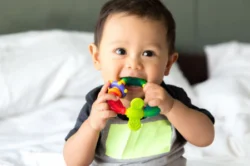
Chewing toys are beneficial in addressing oral sensory preferences. Chewable toys provide the opportunity for children to satisfy their oral sensory needs, something that begins in infancy and promotes exploration of an environment. Research has found that chewing can modulate stress, improve attention span, and enhance learning.
Additionally, aromatherapy oils are a great way to stimulate the senses. The use of essential oils, such as lavender, jasmine, or vanilla, can calm and relax the body and mind. Aromatherapy has been proven to soothe irritability, reduce hyperactivity, and increase focus in individuals with sensory issues.

Another excellent sensory tool is the Tangle toy that offers a creative and calming outlet for motor needs. The Tangle toy can provide a variety of therapeutic benefits, such as reducing stress and improving fine motor coordination. It has been reported that the tangle toy can improve attention span and promote positive behavior.
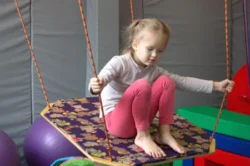
Sensory swings offer a safe space for children with sensory needs. Swinging provides therapeutic benefits, including vestibular stimulation and deep pressure sensation. Sensory swings offer a calming and relaxing environment, reducing anxiety and stress levels.
Mini water fountains can provide a calming sensory experience, specifically for those who find the sound of flowing water relaxing. The calming sound of a mini waterfall can soothe the senses and aid in focus.

Another popular sensory toy is the sensory table, which provides a hands-on sensory experience for children. A sensory table is typically filled with materials such as sand, water, or rice, providing a tactile experience that can be calming and soothing. Research has shown that tactile stimulation can have a positive effect on children with ADHD and Autism Spectrum Disorders by reducing stress and anxiety.
related blogs
Autumn brings an exciting opportunity to celebrate this colorful season with activities tailored for children with varying sensory profiles. Whether
Parents, educators, and therapists often face a perplexing challenge when trying to distinguish between Sensory Processing Disorder (SPD) and Attention
Dealing with autism meltdowns can be a challenging experience for caregivers, teachers, and those on the spectrum alike. A meltdown
What Are Nonintegrated Reflexes? Nonintegrated reflexes are automatic, involuntary responses to specific stimuli that have not yet fully developed or
Telehealth has transformed various areas of healthcare, and speech therapy is no exception. By integrating digital technologies, speech therapists are





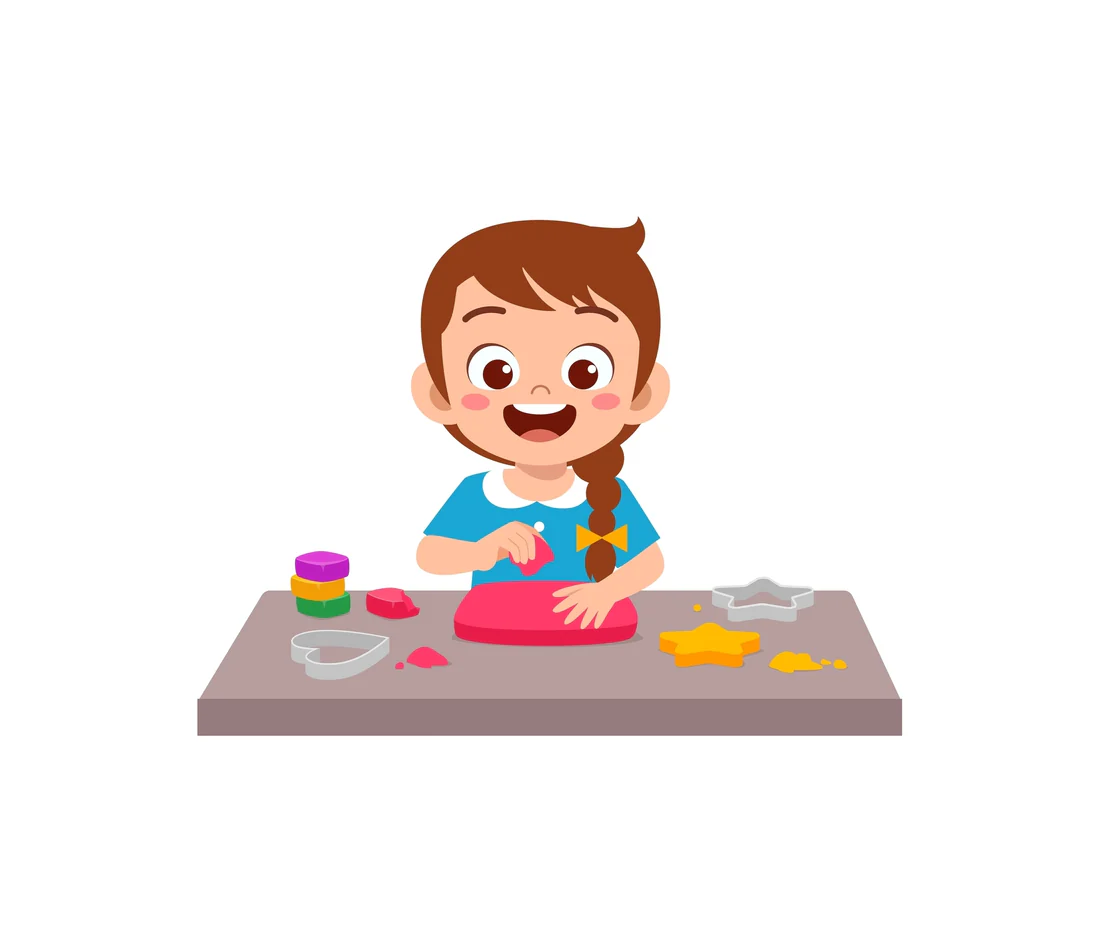
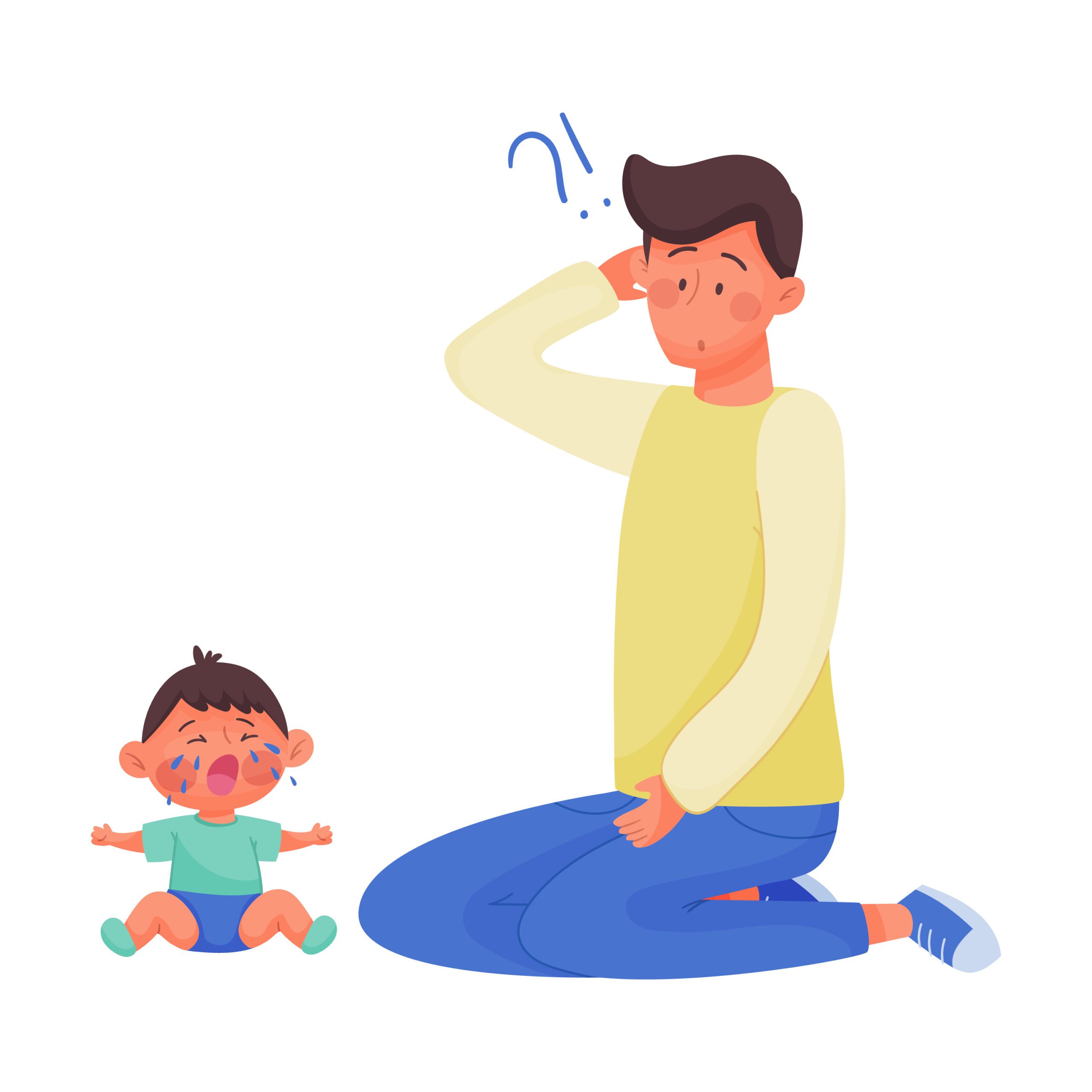





 Speech Therapy
Speech Therapy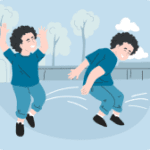 Physical Therapy
Physical Therapy Occupational Therapy
Occupational Therapy